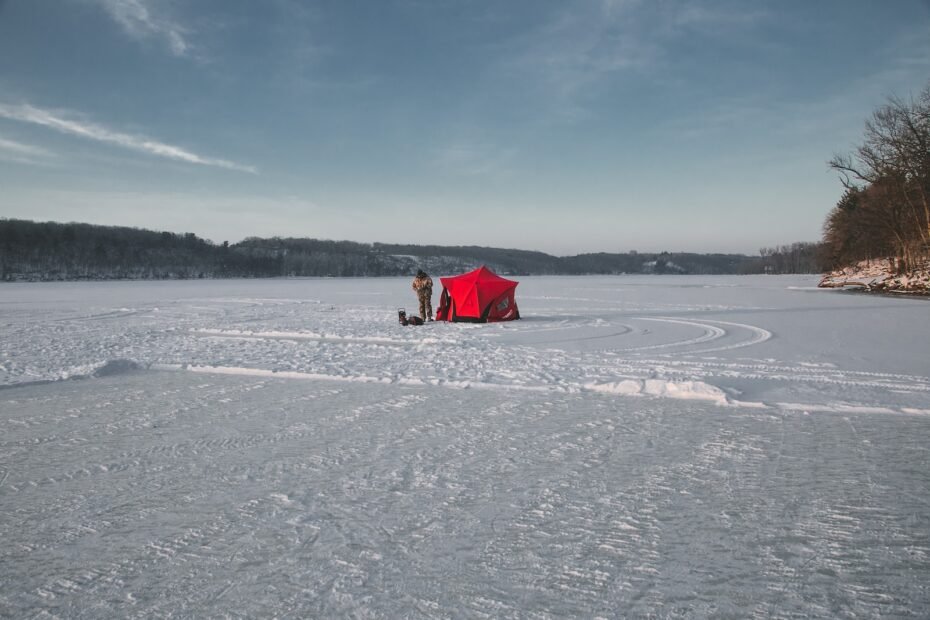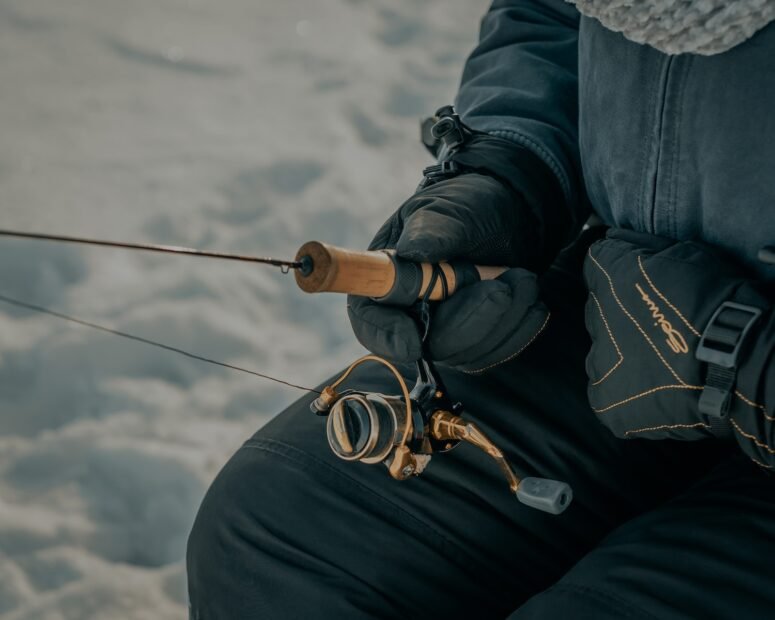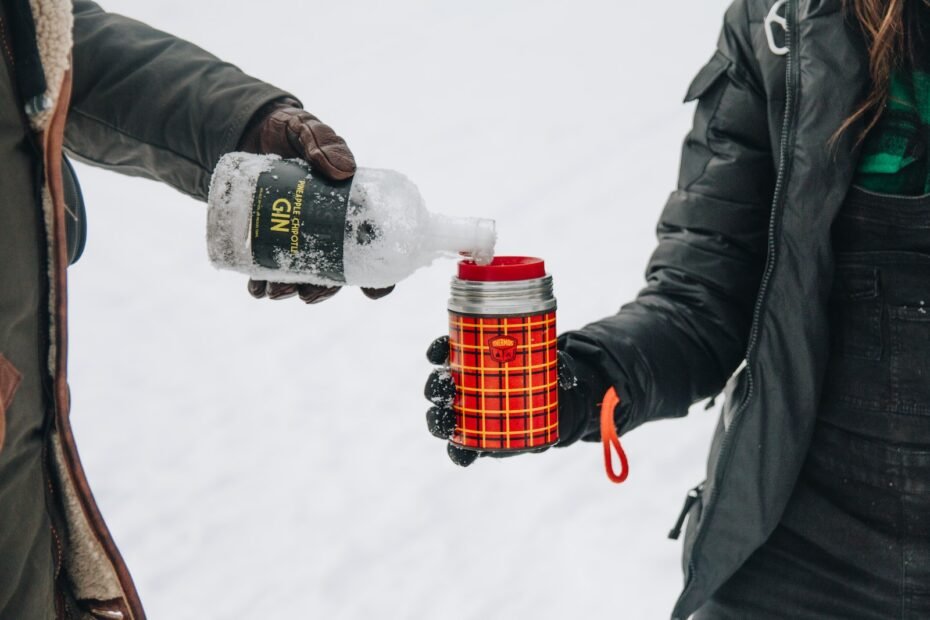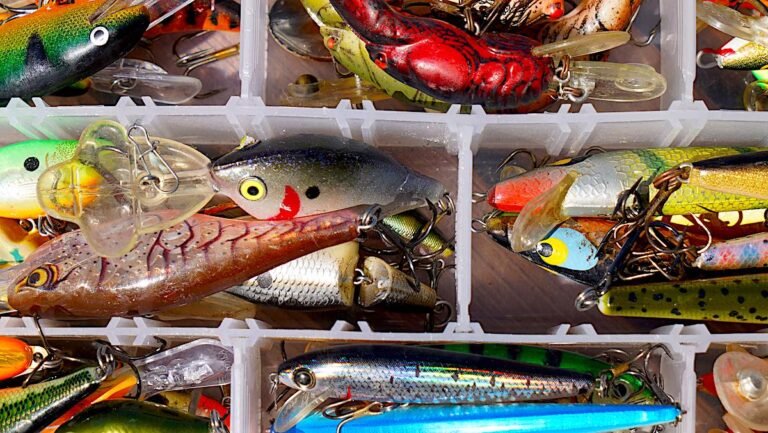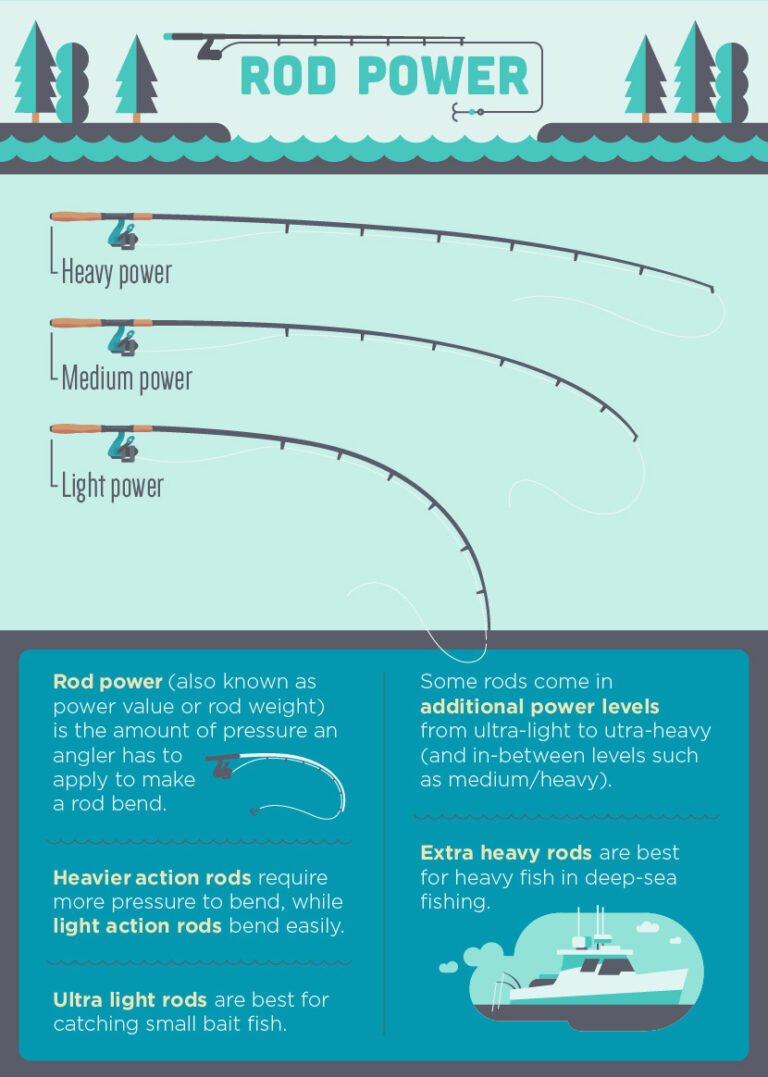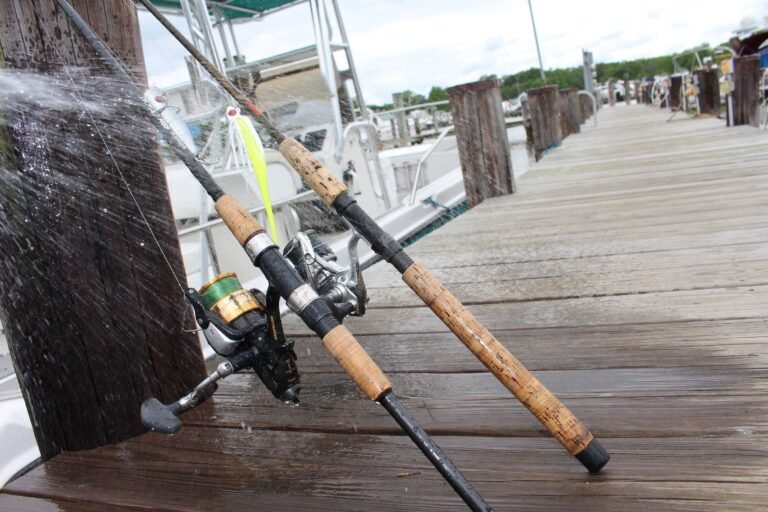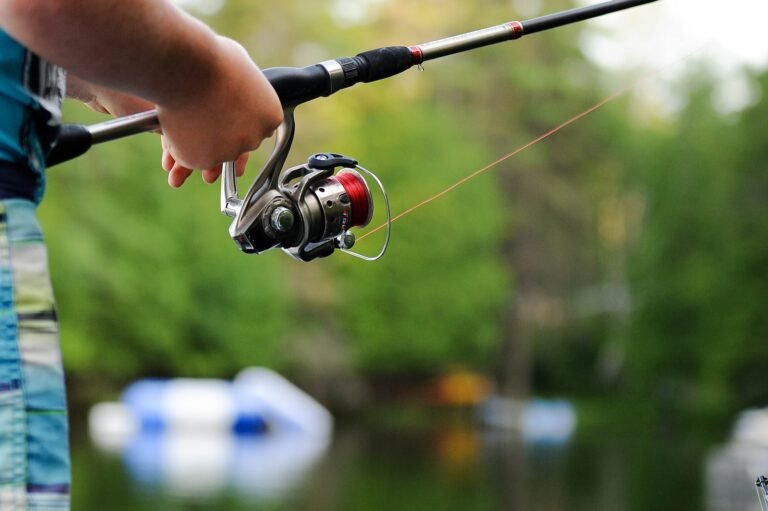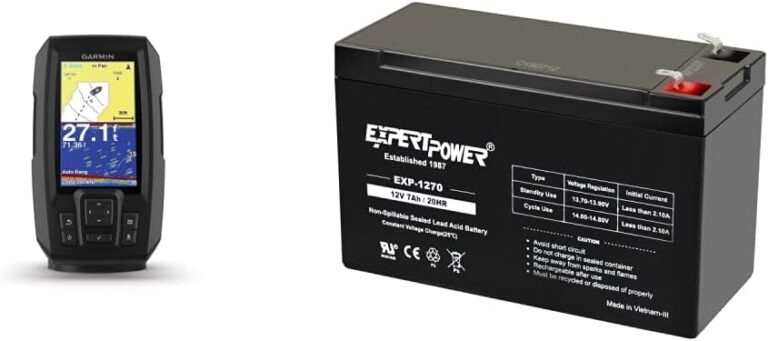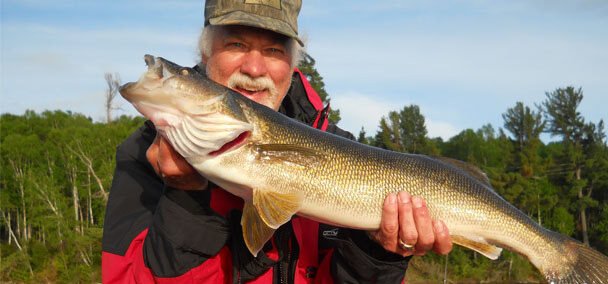Ice Fishing Adventures: Expert Tips and Techniques for Extreme Anglers
Are you searching for an unforgettable winter adventure that combines excitement and challenge? Ice fishing could be just what’s needed! This unique sport gives anglers an exciting way to fish frozen lakes and rivers while drilling holes through thick ice. Before setting out on this unique experience however, there are some essential tips and techniques you should keep in mind before hitting the ice – from equipment essentials to species-specific strategies for success on the ice! So bundle up and get ready for an unforgettable adventure – now it’s time for an ice fishing adventure!
What Is Ice Fishing?
Ice fishing is a popular winter activity that involves using holes drilled in frozen bodies of water such as lakes and rivers to catch fish using special equipment and techniques designed exclusively for this activity.
One of the essential skills necessary for successful ice fishing is knowing how to drill holes through the ice. Ice augers are commonly used for this task, enabling anglers to create circular openings in the ice that accommodate their fishing gear.
But drilling a hole alone isn’t enough – anglers must also set up an “ice shanty,” or shelter, to provide protection from wind and cold temperatures while fishing. Ice shanties range from simple tents to elaborate structures with heaters and seating options.
Once your shelter and holes have been completed, the time has come to start fishing! Anglers typically utilize rods, reels, lures, jigs and bait designed specifically for ice fishing – including sonar devices that enable them to find schools of fish beneath the surface.
Ice fishing offers an exciting way to experience winter while testing yourself as an angler. With proper preparation and knowledge of essential techniques, anyone can try their hand at this exciting sport!
Ice fishing offers both excitement and challenge for anglers alike.
Ice fishing isn’t for the faint of heart; it takes an experienced angler to endure the low temperatures and harsh conditions of this activity, yet for those up for the challenge it offers an incomparable thrill.
There’s nothing quite as exhilarating as drilling a hole through thick ice, lowering your line down into freezing waters below, and patiently waiting for the first fish bites to arrive. When one does finally come, pulling up that catch feels like an incredible accomplishment–an affirmation of all your hard work and perseverance!
Ice fishing offers more than just an exciting fishing experience; there’s also the sense of discovery and adventure when discovering uncharted frozen lakes and rivers – places inaccessible during other times of the year – while occasionally meeting with unexpected challenges along the way, such as unexpected storms, equipment malfunctions or getting lost out on the ice.
All these obstacles may seem intimidating at first, but that’s also what makes ice fishing such an exhilarating experience. Successful anglers embrace each challenge head-on and refuse to back down when things become tough – because ultimately it’s only through overcoming these hurdles that each catch feels truly earned and every trip out onto frozen waters will turn out to be unforgettable memories.
Pros and Cons of Ice Fishing
Experienced anglers will likely find winter sport fishing more rewarding than any other form of angling! Even with its initial challenges, once newcomers to ice fishing get comfortable with this winter sport they’ll begin enjoying it more than any other.
Pros:
- Ice fishing can be an exhilarating and fascinating experience that offers both benefits and drawbacks to anglers.
- One advantage is the chance to catch fish not available during warmer months; another perk is relaxing peaceful surroundings on frozen lakes or rivers away from crowds.
Cons:
- However, this sport does have some drawbacks, such as extreme cold weather conditions that can be hazardous without appropriate clothing and gear.
- Also finding an open spot in densely-packed locations may prove challenging and lead to frustration.
- Ice fishing comes at a high cost in terms of equipment such as an ice shanty, rods and reels, fish finders etc.
- Furthermore, patience must also be practiced in order to catch fish through holes drilled in the ice as this method takes more time compared to traditional methods of catching them.
Learning the various techniques of ice fishing
Ice fishing offers numerous types of techniques for anglers to select, depending on their personal preferences and target species. A popular form is Jigging, in which lures or bait are used to attract fish bites.
Tip-up fishing is another popular type, where an angler sets up a device known as a tip-up on the ice and waits for fish to bite their bait. This method enables anglers to target multiple lines at the same time and cover more ground with this approach.
Spearfishing is a distinctive form of ice fishing which requires skill and precision.
This practice involves employing an extended spear-like tool known as a gig or pike pole to catch fish beneath the ice in shallow waters.
Ice fishing with electronic tools such as sonar devices and fish finders offers more modern techniques. These tools enable anglers to quickly locate schools of fish under the ice quickly.
No matter the form of ice fishing you pursue, it is always essential to abide by local regulations regarding bag limits and size restrictions for various species.
Starting Ice Fishing
Starting ice fishing can be both an exhilarating and daunting experience. Prior to heading out onto a frozen lake, it’s crucial that you do adequate research on which equipment and locations offer ideal ice conditions.
First and foremost, choosing the appropriate equipment is crucial for a successful ice fishing experience. This includes having an ice fishing rod, reel, bait or lures as well as warm clothing such as waterproof gloves and boots – don’t forget bringing an ice shanty or shelter for added warmth too!
Locating an ideal fishing location is essential. Choose locations with high fish populations and solid ice thickness of at least 4 inches; always check local regulations prior to setting up equipment.
Once you’ve located an ideal spot, use either a hand auger or power auger to drill holes into the ice. Be sure to space each hole 10-15 feet apart so as to cover as much area.
Establish your equipment in your chosen hole and observe any movements in the water below. Patience is key when waiting for bites from fish below an icy surface.
By following these basic steps, you’ll be well-prepared for your first venture into ice fishing!
What equipment is necessary for ice fishing?
Ice fishing is an adventurous activity that requires special equipment for optimal success. Below are the essential items you will need for this sport:
First and foremost, an Ice Fishing Rod specifically tailored for this form of fishing will be necessary. These shorter rods tend to work well in tight spaces like an Ice Fishing Shanty.
Ice Fishing Reels should also be of high quality in order to withstand freezing temperatures and battle larger species of fish species.
Augers are essential tools that enable anglers to get through thick layers of ice and access freshwater beneath. Anglers have long praised Strikemaster brand augers for their reliability and effectiveness in creating holes through thick sheets of ice.
Fish finders help detect when there are fish nearby while baited lures or jigs help bring them closer. A reliable pair of boots keeps feet warm and dry on snowy surfaces while gloves protect hands from frostbite.
Shelter such as an ice fishing hut or shanty is important when waiting in frigid temperatures for bites to appear, providing warmth during long wait times. Don’t forget essential safety gear like life jacket, first aid kit, whistle and rope in case any emergencies arise.
Investment in quality equipment ensures greater success when out on frozen waters.
Locating Ideal Ice Fishing Spots
Ice fishing is one of the most captivating pastimes, but finding an ideal location can be daunting. Here are a few helpful ice fishing spots.
Start by thinking about where and when you will fish for ice. Lakes, rivers, and ponds all provide great places for ice fishing; do some research or ask other anglers for recommendations of popular spots nearby.
Check local regulations and ensure the body of water you choose allows ice fishing. Some areas may impose seasonal or time restrictions.
Once you’ve identified an area as promising, use an auger or spud bar to evaluate its safety by checking its thickness; always ensure there are at least four inches of clear ice before venturing out onto it.
Consider accessibility and amenities when selecting your spot, such as parking lots, restrooms and shelters. An easily-accessed site will save time and effort when hauling equipment while a sheltered space will provide warmth during inclement weather conditions.
With these considerations in mind, you are well on your way to discovering thrilling locations for your next thrilling adventure!
Understanding Ice Conditions
Understanding the conditions of the ice before beginning an ice fishing expedition is of utmost importance. These can vary based on temperature, wind speed and direction, snow coverage and currents in the waterway, among other variables.
Consideration should also be given to ice thickness when assessing conditions on the road. A minimum thickness of 4 inches clear, solid ice is essential for safe walking conditions while up to 8-12 inches of clear, solid ice may be required for vehicles.
One factor to keep in mind when considering ice thickness and density is its color; clear blue or greenish-blue ice indicates it can support weight, while white or opaque ice could contain air pockets making it weaker.
Cracks in the ice are also a risk, as their instability can be unpredictable and unpredictable. To be on the safe side, it is best to either avoid these altogether or test their stability with a spud bar before crossing them.
Being aware of any moving water beneath the surface will enable you to spot potential weak points in frozen surfaces where thin patches or open areas could exist, and avoid potential problems in those spots.
By understanding these key aspects of ice conditions, you’ll be better equipped to assess if an area is safe for fishing trips on hardwater!
Take note of safety measures when setting out.
Ice fishing requires special consideration when it comes to safety. Frozen lakes and ponds can be deceptively hazardous environments, so taking proper measures should always be your top priority before embarking on your expedition.
Prior to any journey on the ice, always ensure it can support your weight. In general, four inches of solid ice should suffice for foot travel while at least five inches must exist for snowmobiles or ATVs.
Attire and gear are crucial elements to staying safe in cold temperatures, including layers and waterproof boots with good traction. Don’t forget gloves or mittens, a hat that covers ears, and sunglasses as protection from sunlight reflecting off snow surfaces.
Before venturing onto the ice, notify someone of your location and the expected return time. Also bring along an fully charged cell phone or two-way radio in case an emergency arises.
As it’s always wise to have some basic first aid supplies with you when venturing outside, just in case something unexpected arises while out and about.
Before embarking on an ice fishing excursion, take these simple precautions to ensure everyone enjoys themselves without accidents or injuries occurring along the way.
Essential Ice Fishing Techniques
Ice fishing is a unique experience that requires specific techniques for success. Here are some essential ice fishing strategies.
1. Jigging: Jigging is one of the most widely-used techniques used for ice fishing, consisting of dropping your baited jig into the water before gradually moving it back and forth to attract fish.
2. Deadsticking: Deadsticking involves setting your bait at a set depth and waiting for fish to take notice, usually when their activity levels are minimal. It works best during periods when fishing activity levels drop significantly.
3. Trolling: Ice-fishing snowmobiles or ATVs allow anglers to employ this technique by dragging bait behind as they drive around a lake.
4. Tip-up Fishing: Another effective technique for catching large gamefish such as pike or walleye is known as Tip-Up Fishing, in which anglers set up tip-ups around holes cut in the ice with live bait suspended beneath it.
5. Sight Fishing: Polarized glasses allow anglers to look through holes in the ice to locate and catch panfish like perch, bluegills or crappies swimming nearby.
By mastering these techniques, anglers increase their chances of success on their next ice fishing expedition!
Tips and Strategies for Ice Fishing
Understanding your target species’ behaviors and habitat are vitally important when it comes to ice fishing, and here are some tips on how to catch various types of fish through the ice.
Panfish like bluegill and crappie require small jigs tipped with live bait or plastic lures tipped with waxworms or spikes for successful fishing. Light line and sensitive rods should help detect subtle bites. Drill multiple holes around an area until active fish appear – then move around until active ones appear!
If you want to target walleye, use medium-sized jigging spoons tipped with either minnow heads or whole minnows. Subtly lift and drop your bait to mimic natural prey movements; look out for drop-offs or weed edges where walleye may be feeding.
For best results in targeting northern pike, use large baits such as suckers or shiners on tip-ups set up around shallow weedy areas. When your flag goes up signalling a bite, slowly reel in before setting your hook hard and making your strike.
When targeting lake trout, try using heavy jigging spoons designed to imitate deepwater baitfish such as smelt. Use electronics such as depth finders to locate schools of fish before testing various depth settings until you find what works.
Always do your research before engaging in any interactions with wildlife! Every species has its own distinct habits and preferences when it comes to food sources and habitat. Conduct extensive studies in advance if possible!
Maintain a Safe and Comfortable Environment
Staying comfortable and safe when ice fishing is of the utmost importance. Cold temperatures can present challenges, but with the appropriate gear you can stay warm and cozy throughout your fishing excursion.
Make sure to wear multiple layers of clothing.
Starting with thermal underwear as your base layer and finishing up with fleece or wool layers for insulation and waterproof outer layers to protect from wind and snow conditions, the layers should work to provide warmth without restricting movement or creating gaps for drafts.
Second, invest in an insulated and waterproof pair of boots.
Proper footwear will keep your feet dry and warm on any ice fishing expedition.
Thirdly, consider bringing hand warmers or heating pads to keep your hands warm while waiting for fish.
Furthermore, bring hot drinks like coffee or hot chocolate in an insulated flask to help regulate body temperature.
Safety should always come first. Make sure that a first aid kit is ready in case of emergencies, check ice thickness before venturing out onto it, and wear a lifejacket as needed.
By following these tips for staying comfortable and safe during an ice fishing expedition, you’ll be able to fully experience this thrilling sport without feeling too cold or risking injury.
Ethical Considerations in Ice Fishing
Ethics are crucial when it comes to ice fishing. Take note of any actions that could potentially have an adverse impact on the environment or fish populations; adhere to local regulations for catch limits, size requirements and bait usage as much as possible.
Ethical ice fishing requires treating caught fish with care and respect. This involves promptly returning any unwanted or undersized species back into the water as soon as possible, and also handling captured fish humanely and gently.
Cleanliness should also be of utmost concern when ice fishing. Always collect all waste, leaving no trace behind.
Consider using sustainable equipment like biodegradable fishing lines that decompose quickly in nature, rather than traditional monofilament lines which may take decades or centuries to disintegrate into nature.
Be considerate towards other anglers by providing enough room on the ice. Avoid crowding each other or intruding on other’s spots without first asking permission first.
By keeping these ethical considerations in mind while ice fishing, we can experience its many joys while simultaneously minimizing any negative repercussions to both the environment and other anglers.
Share Your Ice Fishing Adventures
After an exciting ice fishing expedition, it can be tempting to share your story. Your story could encourage others to give ice fishing a try themselves while offering valuable lessons learned from past endeavors and lessons from your successes or missteps.
Social media provides an effective platform for sharing your ice fishing adventures. Posting pictures of the fish you caught or the beautiful landscape you were fishing in can demonstrate just how enjoyable and fulfilling ice fishing can be, while sharing any helpful techniques or gear used during your adventure.
Establish a blog or vlog dedicated exclusively to ice fishing as another way of documenting your adventures and sharing them. This platform enables you to provide greater details about each trip – such as what gear was used, specific locations visited, lessons learned along the way etc.
Sharing tips and techniques on online forums is another fantastic way to assist fellow ice fishing enthusiasts improve their abilities and expand their knowledge base. Responding to queries posted here also creates a sense of community among people passionate about this extreme sport.
Shared enthusiasm for ice fishing helps spread its appreciation while inspiring those from all corners of the globe to experience it themselves!
In Conclusion
As we conclude this article, it has become abundantly clear that ice fishing is an engaging and exhilarating pastime for those who appreciate nature. With various techniques and equipment readily available to anglers of all levels – as well as plenty of fish species to catch – ice fishing provides endless entertainment on any outdoor trip!
Though ice fishing can be an amazing adventure, it’s essential that safety measures and ethical considerations be observed throughout your experience. Knowing ice conditions as well as having all necessary gear will be critical components to making sure it runs smoothly.
No matter if you are traveling alone or with others, being comfortable in your shelter is key to enjoying a successful time on the ice. Sharing experiences either through social media or with fellow anglers helps form lasting bonds among like-minded people and strengthen our community.
Overall, there is an endless number of possibilities when it comes to ice fishing adventures. With patience, skill, and some luck on your side you are bound to have unforgettable experiences year after year! So what are you waiting for – take up your gear and hit those frozen waters now!
FAQ’s
Q:How thick should the ice be when fishing on it?
A:Generally, 4 inches is considered safe when it comes to ice fishing – always consult local authorities prior to going out onto the ice!
Q: Am I required to have a fishing license before going ice fishing?
A: In most states and provinces, valid fishing licenses will be necessary in order to legally fish for ice in most situations. Please check with your local government for specific regulations regarding this activity.
Q: Will using my regular fishing gear work for ice fishing?
A: While certain equipment might do the trick, for optimal success it is advisable to invest in equipment specifically tailored for icy environments, such as an ice auger and thermal clothing.
Q: Which fish species can I expect to catch when Ice Fishing?
A: Ice fishing enthusiasts commonly catch Walleye, Perch, Trout, Pike and Bluegill among others.
Ice fishing may appear daunting at first, but with practice and preparation anyone can enjoy this unique winter sport. Make sure to exercise caution when venturing onto frozen lakes or rivers and bring all necessary equipment and clothing – by following these tips and techniques you will soon be experiencing thrilling adventures through icy waters!

